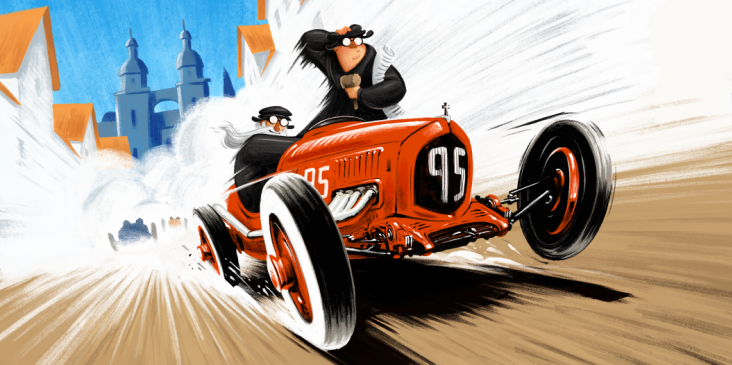“At thy right hand there are pleasures for evermore” (Ps. 16:11)
“And I saw when the Lamb opened one of the seals, and I heard, as it were the noise of thunder, one of the four beasts saying, Come and see. And I saw, and behold a white horse: and he that sat on him had a bow; and a crown was given unto him: and he went forth conquering, and to conquer” (Rev. 6:1–2).
We now come to one of the most famous set pieces out of the book of Revelation, which is the introduction of the four horsemen of the Apocalypse. And we also come to the point where Christian interpreters shake hands with each other in order to part company, not to be reunited again until the resurrection of the dead in chapter 20.
For example, this first horseman, the one going forth conquering and to conquer, is variously interpreted. Some take him as Christ. Others taken him as Antichrist. Some take him as a series of Roman emperors. Others take him as one Roman emperor, which is to say, Vespasian. When it comes to these varied interpretations, it is not really possible to split the difference. The only true way is to interpret it with a clean conscience before God, and a spirit of charity toward those who differ.
This first aspect of this vision is declared by one of the four living beasts, who says come and see in a voice like thunder. If you take the rider of the white horse to be Christ, as I do, you still have a subsequent decision to make. Some take it as Christ in the form of the preached gospel, Christ in His capacity as savior. Others, among whom I would number myself, see the loosing of the seals as the run-up to the destruction of Jerusalem in 70 A.D. The Lord was the one who leveled that city, and so it is not out of line for us to see the Lord Christ here in His capacity as judge. He brings war upon the city that rejected Him, and following after Him are the other horsemen that invariably accompany conquest and war.
If the content of the scroll is the reign and rule of Jesus Christ, as we saw earlier, it is fitting that we see Him having a bow and being given a crown with the loosing of the first seal. It is fitting that He goes forth conquering and to conquer. But remember that the scroll is not opened until all the seals are loosed. What is happening is that we are being introduced to the players with the loosing of each seal. The action does not start until the scroll is finally opened.
